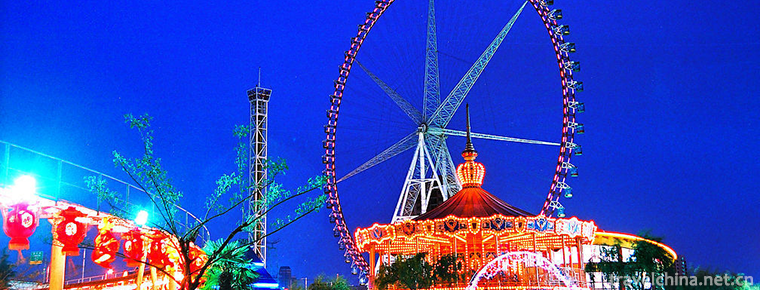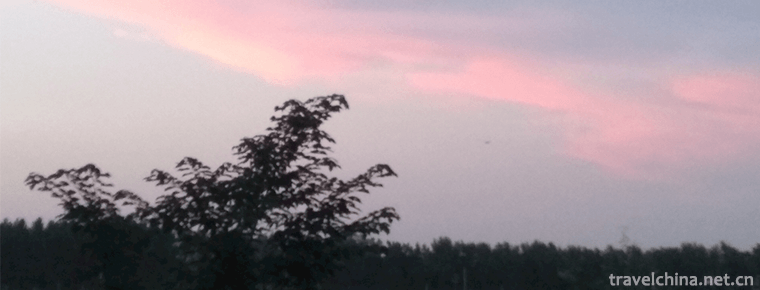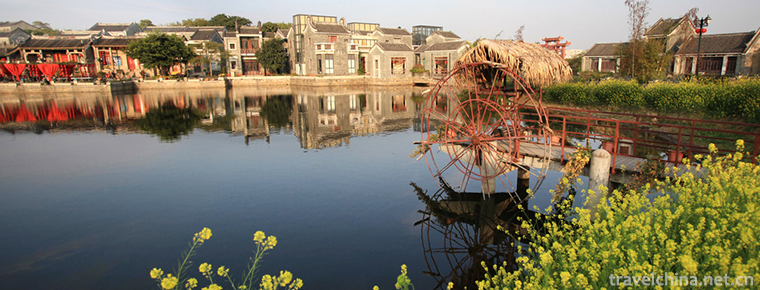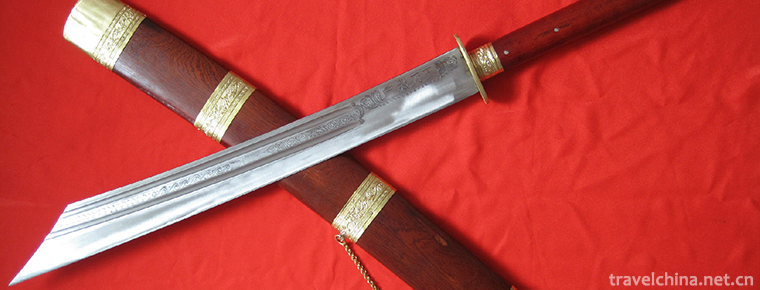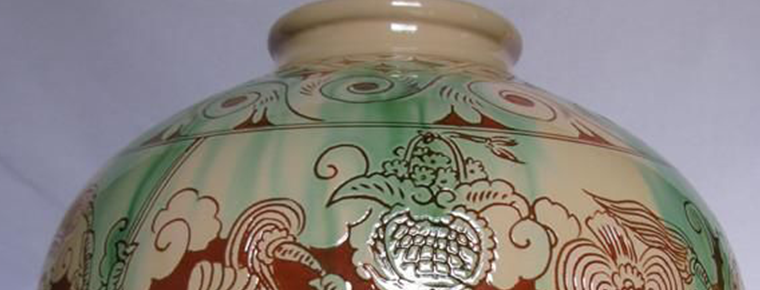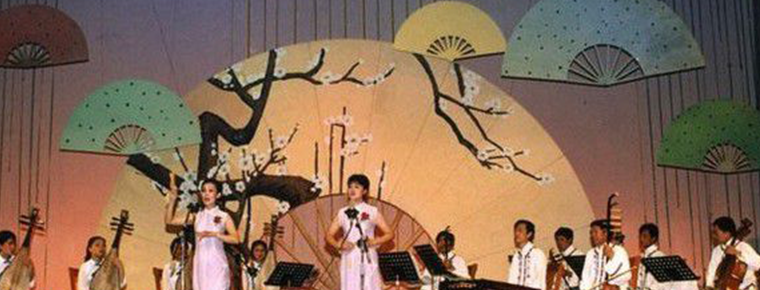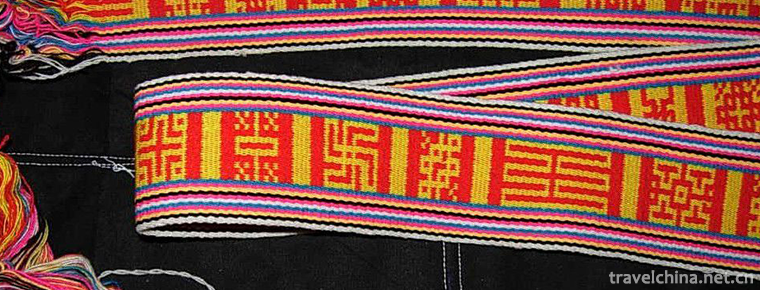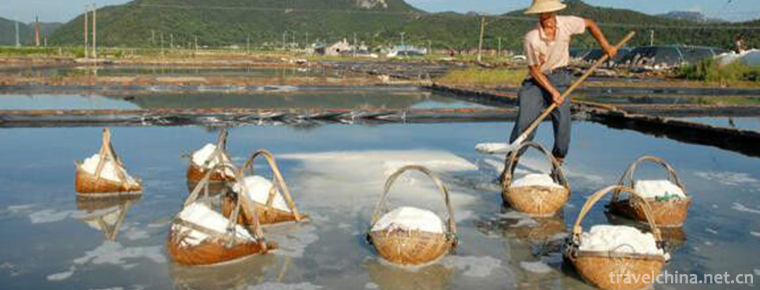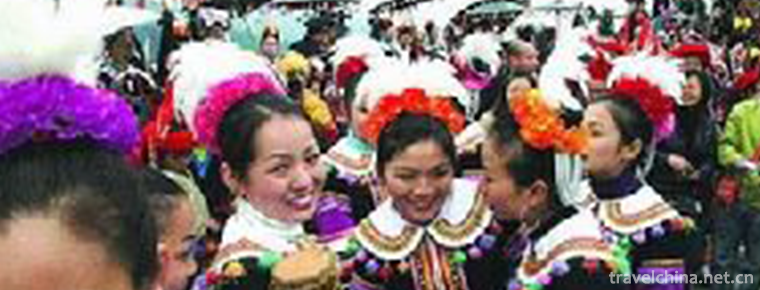Tianjin Ancient Culture Street Tourist Area Jinmen Hometown
Tianjin Ancient Culture Street is located outside the east gate of the northeast corner of Nankai District of Tianjin City and on the West Bank of Haihe River. It is a commercial pedestrian street and a national AAAAA tourist attraction. As one of the ten scenic spots in Jinmen, Tianjin Ancient Culture Street has always adhered to the management characteristics of "Chinese, Tianjin, cultural and ancient" and mainly managed cultural goods.
There are nearly 100 shops in the ancient culture street. It is the center of Tianjin's old-fashioned shops and folk handicraft shops. There are authentic delicacies: Goubuli steamed buns, ear-eye fried cakes, pancakes and fruits, Laozhai medicine sugar, Zhangjiashuipu, Tianjin twist and so on. Tourist attractions include the Imperial Palace, Himalaya, Qing Dynasty postal coins, clay figurines, etc.
Ancient Culture Street is located outside the east gate of the northeast corner of Nankai District, Tianjin, on the West Bank of Haihe River, from the north to the old Tieqiao Street (Gongbei Street) and from the south to Shuige Street (Gongnan Street). There is a memorial archway in each of the north and South streets. It is 687 meters long and 5 meters wide. It is a commercial pedestrian street.
In ancient times, Tianhou was called the Goddess of escort. Legend has it that she is a Fujian native, whose name is Lin Mingmo. She often sails to sea to rescue the victims, so she is respected as a goddess by later generations. In Yuan Dynasty, the capital needed to transport large quantities of grain to the north every year. First, it arrived in Tianjin by sea, and then it was transported to the capital by river. In order to pray for the safety of navigation, the Yuan government worshipped the goddess of escort as the empress of heaven and built the Tianhou Palace in coastal towns.
Tianhou Palace in Tianjin was built in 1326 A.D. The 23rd day of the lunar calendar is the birthday of Niang Niang. This paper introduces the historical changes in Tianjin, displaying various kinds of folk customs and objects. Emperor Hui was named after Emperor Qianlong of the Qing Dynasty visited the south of the Yangtze River. Traditional performance venues are located in the square in front of Tianhou Palace and in the South and north of the palace. After the completion of the Ancient Culture Street, on the 23rd day of the March of the lunar calendar (the auspicious birthday of "Tianhou"), a grand Royal meeting will be held here to perform dragon lantern dance, lion dance, Shaolin Club, stilts, drums, dry boats, land Yangko, martial arts, Beijing Opera, opera evaluation, Bangzi and so on.
As one of the ten scenic spots in Jinmen, Tianjin Ancient Culture Street has always adhered to the management characteristics of "Chinese, Tianjin, cultural and ancient" and mainly managed cultural goods. There are nearly 100 shops in the ancient culture street.
In 1989, Qiao Xiangge, which mainly manages cloisonne, Su embroidery and interior painting crystals, settled in Ancient Culture Street. Over the past 20 years, Qiao Xiangge has expanded its business scope and sales channels to Germany (Bremen, Berlin, Lubeck), Japan (Osaka) and Malaysia (Basheng, Kuala Lumpur, etc.). With the increasing number of similar stores, Qiao Xiangge always stands on the customer's position and insists on attracting Chinese and foreign customers with new products and high quality.
Nowadays, under the careful management of shopkeepers, the variety of goods in Qiaoxiang Pavilion has increased to more than a dozen categories, such as cloisonne, Su embroidery, interior painting crystal, pearl, jadeite, jadeite hand, craft umbrella, craft sword, Chinese clothing, etc. There are also various kinds of necklaces made of crystal, pearl and tourmaline, which are hand-woven by the shopkeeper with ingenuity. Qiao Xiangge hopes that in the period of deepening internationalization, Chinese products with national characteristics can go abroad and add glory to the country.
There are also many famous brands in Jinmen, such as Kernel, Sugar, Bean Spring, Clay Man Zhang and so on.
Ancient Culture Street is a street composed of small-scale folk shops imitating the Qing Dynasty in China. With Tianhou Palace as the center, the ancient cultural street is located outside the east gate of the northeast corner of Nankai District, Tianjin, on the West Bank of Haihe River, north to northeast corner, in downtown area, from Old Tieqiao Street (Gongbei Street) to Haihe Street in the East and Shuige Street in the South (Gongnan Street). There is a memorial archway in each of the north and South streets. It has written "Jinmen Hometown" and "Gushangyiyuan". The Tianhou Palace, commonly known as "Niangniang Palace", is the main tourist attraction on the ancient cultural street.
On this street, there is an ancient temple which has been famous for hundreds of years. Its original name is "Tianfei Palace" and later it is renamed "Tianhou Palace". Tianjin is east of the Bohai Sea, backed by the capital city, and has been a hub of land and water transportation for boats and wagons since ancient times. Tianhou Palace is a temple for offering sacrifices to the goddess of the sea and the queen of heaven under the circumstances of the great development of waterway transportation.
It was completed and opened on New Year's Day in 1986. Since ancient times, this area is Tianjin's largest bazaar trade and annual goods market. Every spring, Tianjin's grand Royal meeting, the auspicious birthday of the mother, is held here, where stilts, dragon lanterns, dry boats, lion dances are performed. In the newly built Ancient Culture Street, apart from the archways at both ends and the theatre buildings in front of the palace, nearly 100 houses are small-scale ancient buildings imitating the Qing Dynasty.
Walking along the Ancient Culture Street, when you enter and exit the shops, you will see a lot of shop doors under the eaves, between the Fang there is a very Jiangnan gardening art style of Su paintings. The composition is vivid, classical and lifelike, which makes the ancient cultural street gorgeous and charming.
In the decoration of the facade building, besides the painted stories and paintings, the brick and wood carving decoration is another distinctive feature. It has a wide range of contents, most of which have strong folk flavor and auspicious and festive implications.
Shi Baozhai's woodcarving is based on several ups and downs and plot changes in Qingming Shanghe Tu. In the north, there are many boats moored along the Bank of the Bian River. In the middle of the river, seven or eight people on a big boat are swaying desperately. Shipmen's struggle to enter shows the busy and tense situation of water transportation on large rivers with heavy loads. In the middle picture, the Hongqiao outside Dongshuimen on the Bian River is in the middle. Under the bridge, a boat full of boats is about to pass. All boatmen are working hard. Vehicles, livestock, pedestrians and boat watchers on the bridge run shoulder to shoulder, forming a torrent of urban life, which is the climax part of the picture of Qingming Shanghe Tu.
Ancient Culture Street has a strong artistic flavor in terms of building style, shop decoration and plaque couplets. Walking along the ancient cultural street is a pleasure to the eyes; while professional shops such as antiques, calligraphy and painting, four treasures of the study, tablets, ancient books, Yangliu Youth Paintings, clay figurines, Tianjin kites gather in this street for your viewing and shopping. As for Chinese and Western musical instruments, artistic ceramics and decoration pieces, there are also special stores. It's a pleasant thing to buy one or two pieces. Perhaps you can get edification and enlightenment and get some nutrition if you hang around for a while.
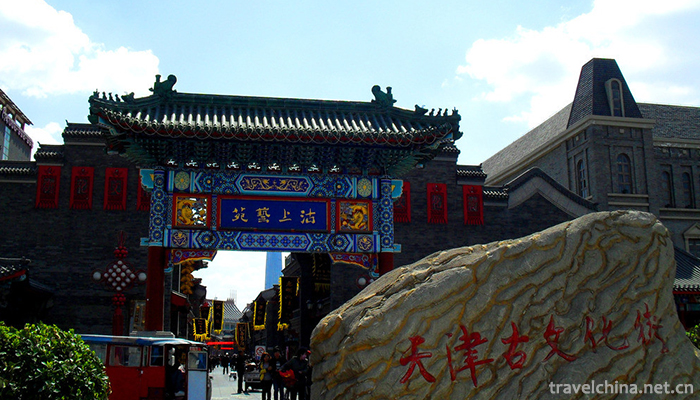
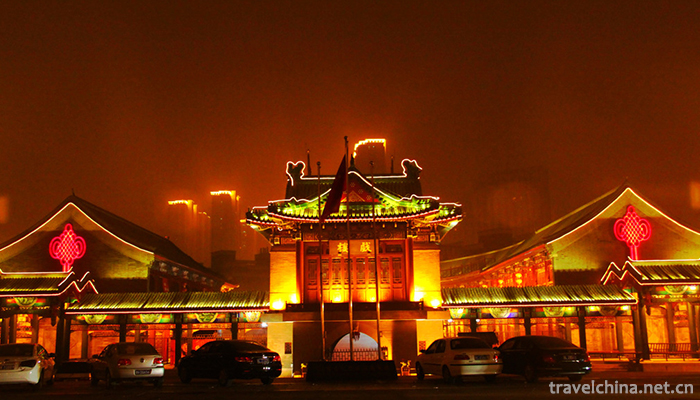
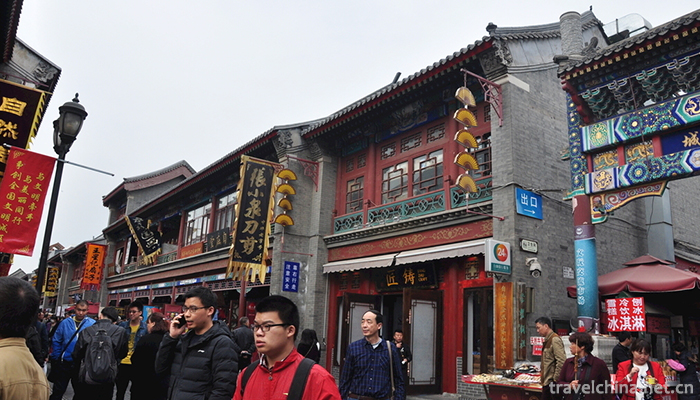
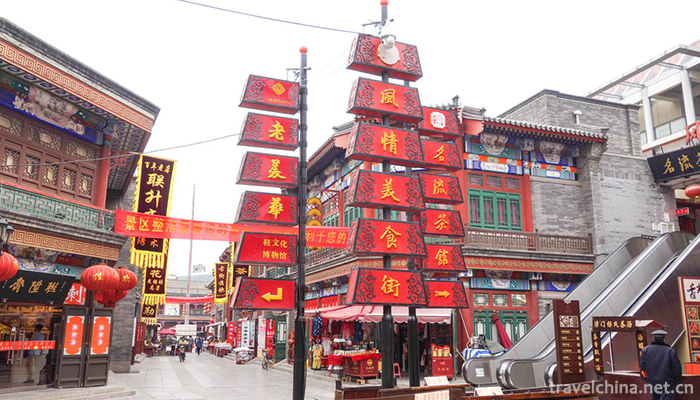
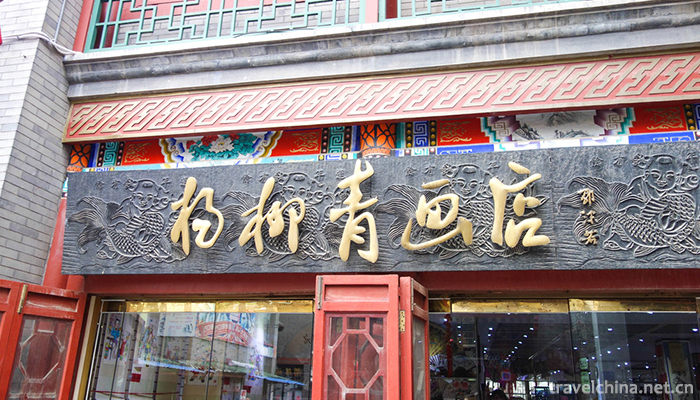
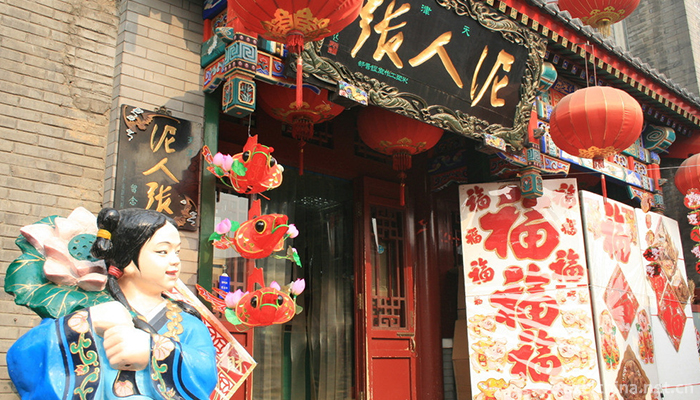
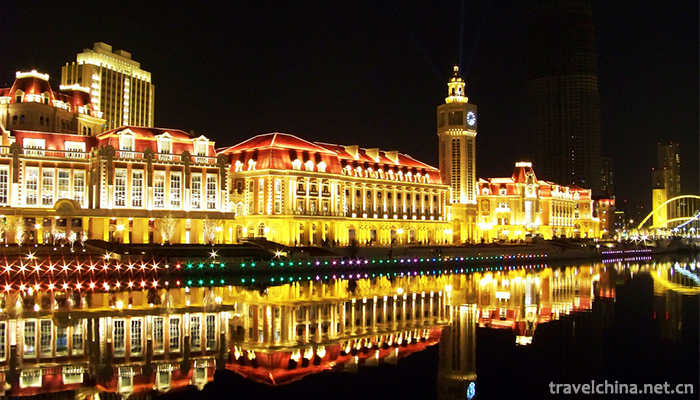
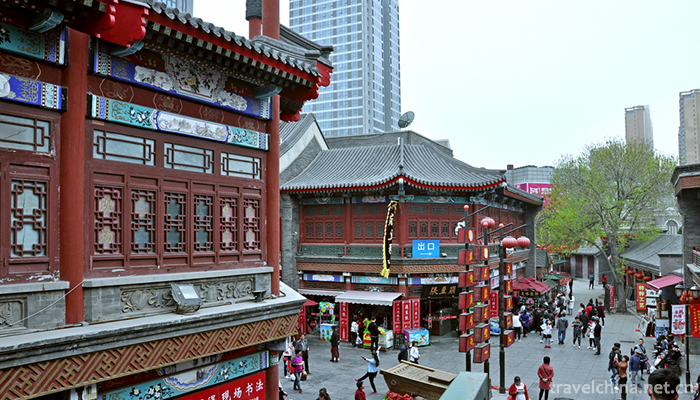
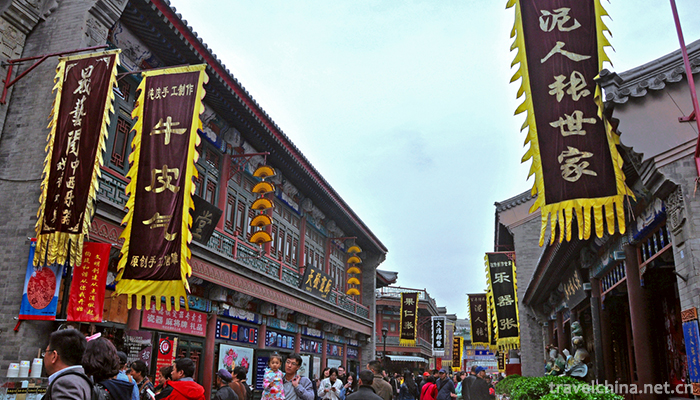
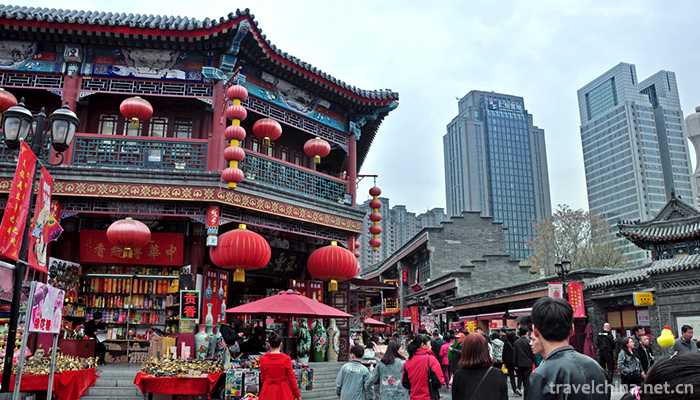
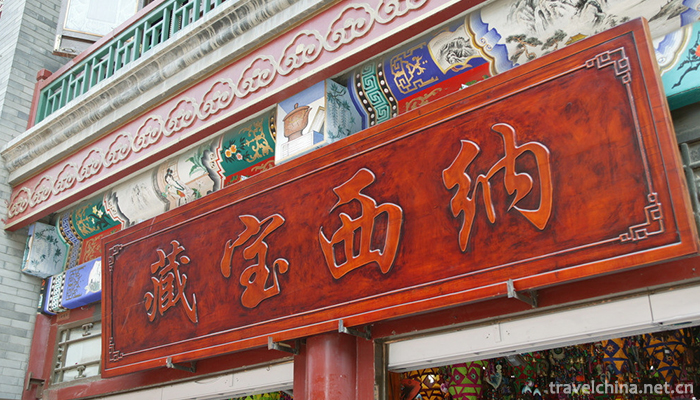
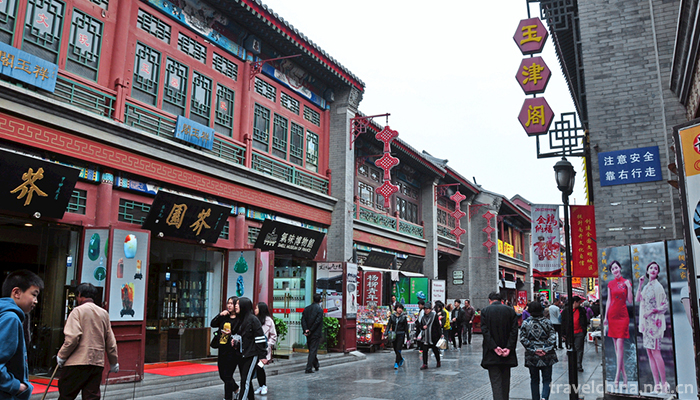
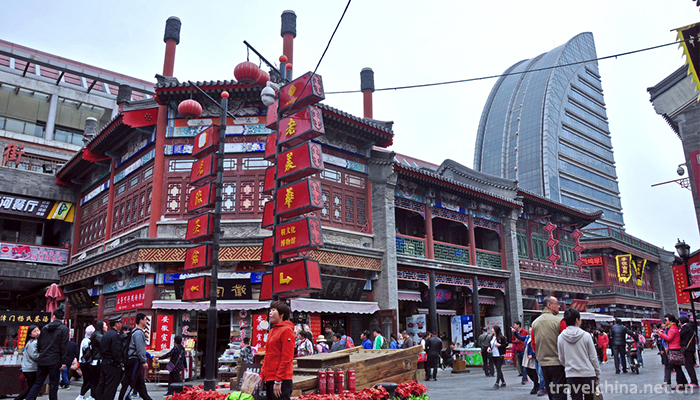
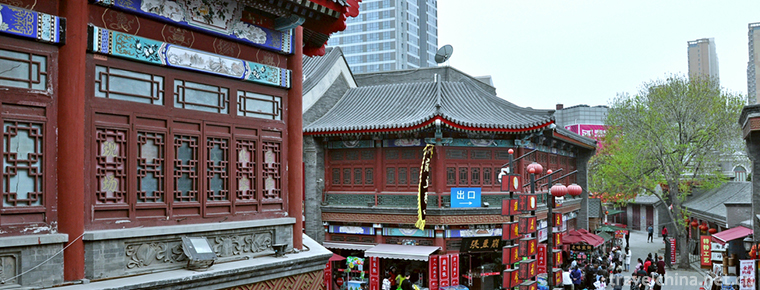
Tianjin Ancient Culture Street Tourist Area Jinmen Hometown
-
Jinjiang Amusement Park
Jinjiang Paradise is the first large-scale modern amusement park in Shanghai, China. It covers an area of 170 Mu and has 40 amusement projects. It is suitable for tourists of all ages. It receives abo
Views: 217 Time 2019-01-29 -
Lao Leshan Tourist Scenic Spot
Lao Leshan is located in the south of Henan Province, 9 kilometers southwest of Zhumadian City and 8 kilometers west of Queshan County. National Highway 107
Views: 153 Time 2019-01-29 -
Lingnan Impression
Lingnan Impression Park is located in the south of Guangzhou University Town (Xiaoguwei Island). It covers an area of 16.5 hectares. It is a tourist attraction that gathers sightseeing
Views: 452 Time 2019-02-03 -
Tianma Island Tourist Area
Shandong Tianma Island Tourist Area is composed of Ma Qi Mountain and Tianhu Lake. It is located 16 kilometers northeast of Junnan County Town, Linyi City.
Views: 358 Time 2019-02-21 -
The Forging Skill of Achang Husha Knife
Achang household knife forging technology, Yunnan Dehong Dai Jingpo Autonomous Prefecture Longchuan County household Sa Township traditional handicraft, one of the national intangible cultural heritag
Views: 268 Time 2019-03-28 -
Firing Techniques of Jieshou Coloured Pottery
The firing technique of Jieshou colored pottery, the local traditional handicraft technique of Jieshou City, Anhui Province, is one of the national intangible cultural heritages.
Views: 126 Time 2019-05-06 -
Traveling Books in Ningbo
Ningbo Walking Book, originally known as "Lotus Document" or "Plough Document", is one of the traditional local operas in Ningbo, Zhejiang Province. Sing in Ningbo dialect. Ningbo
Views: 226 Time 2019-06-08 -
Qiang embroidery
Qiang embroidery evolved and developed on the basis of inheriting the ancient Qiang people's embroidery. Mainly distributed in Wenchuan County, two towns and four townships (Mianfu Town, Weizhou
Views: 124 Time 2019-06-10 -
Salt drying Techniques
Salt-drying process is a special kind of handicraft technology. Its existing form is different from the general intangible culture. Its products are closely related to people's daily life and industri
Views: 151 Time 2019-06-13 -
Yao Peoples Playing Hall
The Playing Hall is a folk grand gathering of memorizing ancestors, recalling history, celebrating harvest, rewarding vows, disseminating knowledge and mass entertainment activities in Liannan Paiyao.
Views: 309 Time 2019-07-11 -
Sichuan Tourism University
Sichuan Tourism College is the first independent tourism undergraduate college in China. In 2018, it was approved by the Overseas Chinese Office of the State Council as the base of "Overseas Chin
Views: 162 Time 2019-08-31 -
Huanglian earth forest
Huanglian earth forest, namely the earth forest in huanglianguan Town, is a geomorphic landscape developed on a set of ice water freeze-thaw debris flow deposits. Huanglian earth forest is located in huanglianguan Town
Views: 173 Time 2020-10-16
